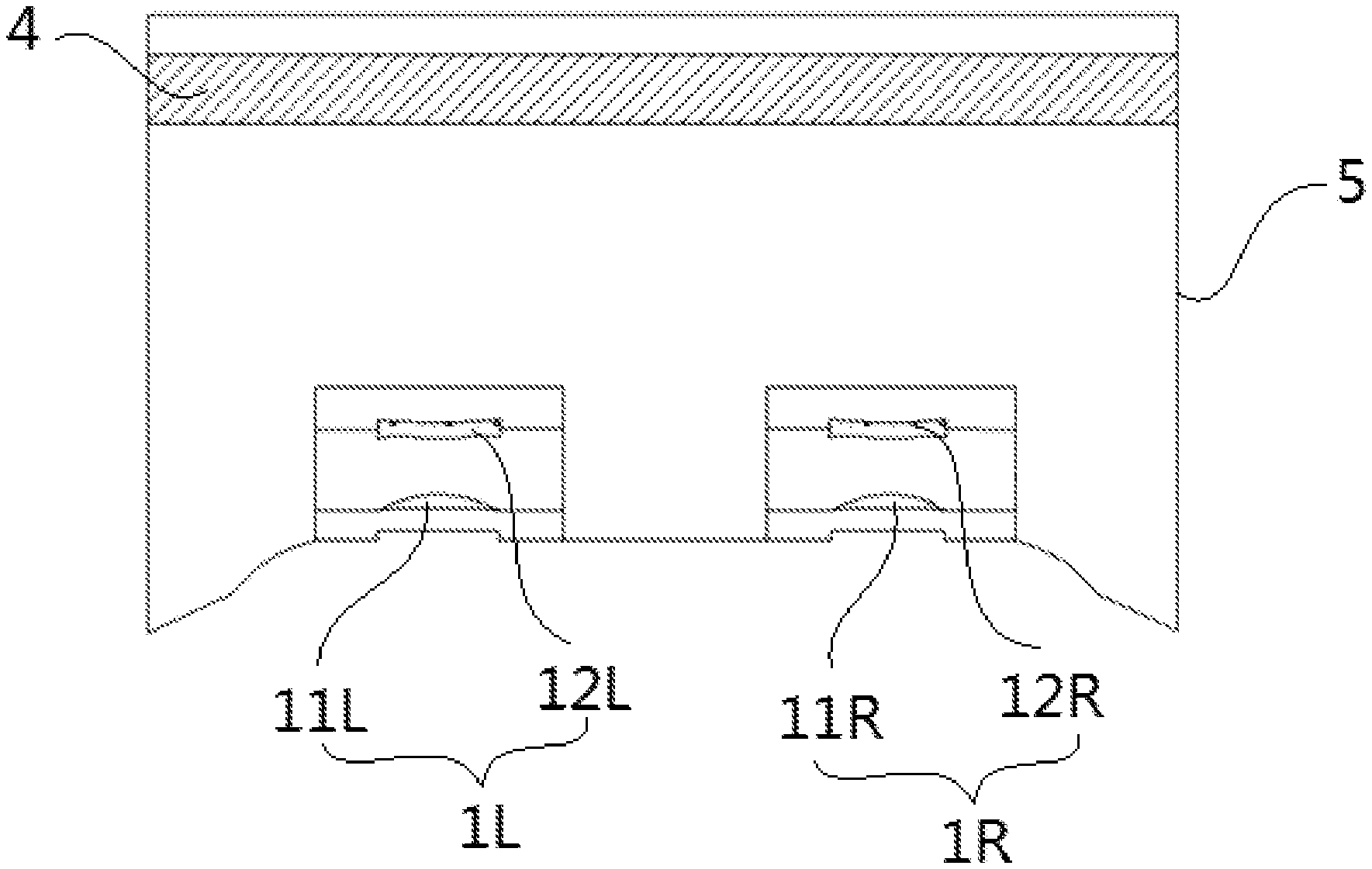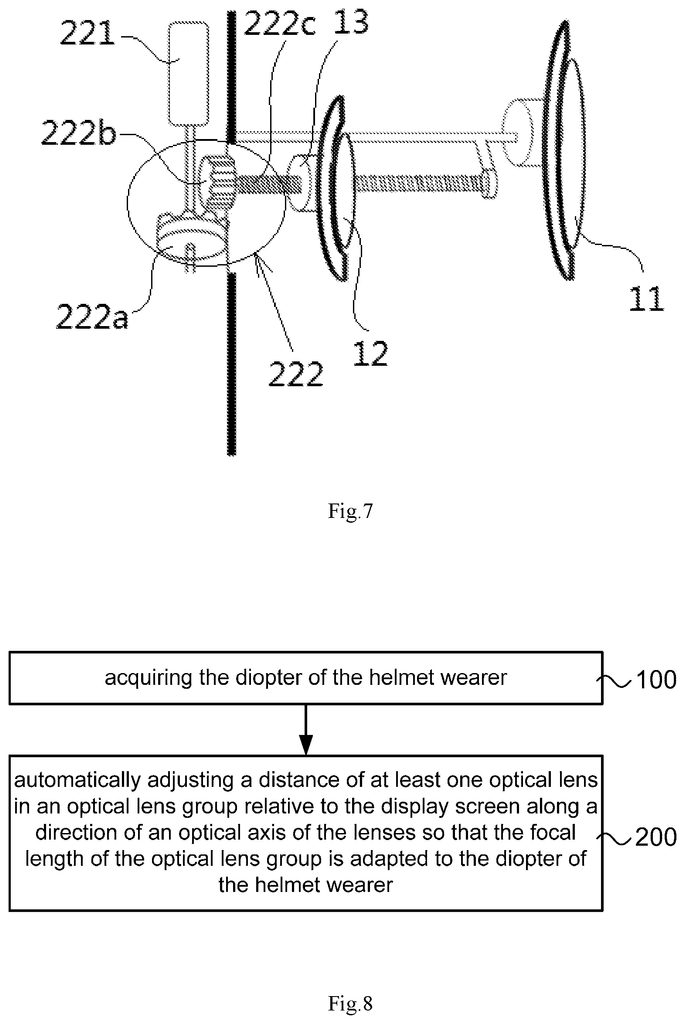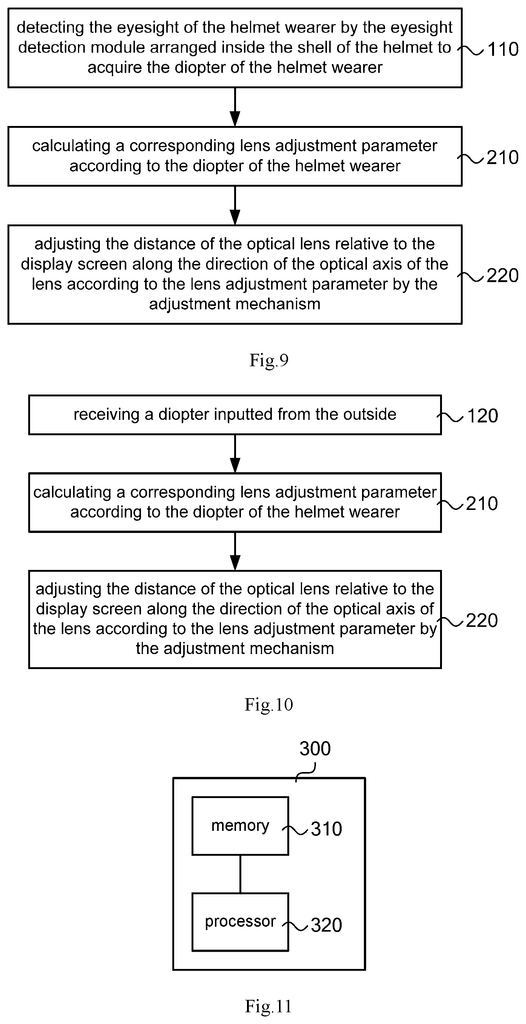Invented by Xin Wang, Lin Zhou, Fan Yang, Jianhua Du, BOE Technology Group Co Ltd
Virtual reality helmets, also known as head-mounted displays (HMDs), are devices worn on the head that provide a simulated environment for the user. These helmets typically consist of a screen or screens that display the virtual world, along with sensors that track the user’s head movements to create a realistic and interactive experience. The market for VR helmets has expanded rapidly, with a wide range of options available to cater to different needs and budgets.
One of the key factors driving the growth of the VR helmet market is the increasing popularity of gaming and entertainment applications. VR gaming allows users to fully immerse themselves in virtual worlds, providing a more engaging and interactive experience compared to traditional gaming. As a result, gaming enthusiasts are eager to invest in high-quality VR helmets that offer superior graphics, sound, and tracking capabilities.
Another significant driver of the market is the adoption of VR in various industries such as healthcare, education, and training. VR technology has proven to be a valuable tool in medical training, allowing students and professionals to practice complex procedures in a safe and controlled environment. Similarly, VR-based simulations are being used in educational settings to enhance learning experiences and improve retention rates. These applications require reliable and user-friendly VR helmets that can deliver realistic visuals and precise control methods.
When it comes to control methods, VR helmets offer a variety of options to enhance user interaction and immersion. The most common control method is handheld controllers, which allow users to navigate and interact with the virtual environment. These controllers typically feature buttons, triggers, and joysticks, providing a familiar and intuitive interface for gamers. However, advancements in technology have also introduced more innovative control methods, such as hand tracking and gesture recognition. These methods enable users to interact with the virtual world using natural hand movements, eliminating the need for physical controllers and further enhancing the sense of presence.
In addition to handheld controllers and hand tracking, other control methods include motion capture systems, treadmills, and haptic feedback devices. Motion capture systems use sensors to track the user’s body movements, allowing for more realistic and accurate representations in the virtual world. Treadmills provide a physical walking experience, enabling users to explore virtual environments by walking or running in place. Haptic feedback devices, such as gloves or vests, provide tactile sensations to enhance immersion by simulating touch and force feedback.
As the market for VR helmets and their control methods continues to grow, manufacturers are constantly striving to improve the technology and offer more advanced features. This includes higher resolution displays, wider field of view, improved tracking accuracy, and more sophisticated control methods. Additionally, the market is witnessing the emergence of standalone VR helmets that do not require a separate computer or console, making VR more accessible and convenient for consumers.
In conclusion, the market for virtual reality helmets and their control methods is experiencing rapid growth due to the increasing demand for immersive gaming experiences and the adoption of VR in various industries. With advancements in technology and a wide range of control methods available, VR helmets are becoming more sophisticated, user-friendly, and capable of delivering realistic and interactive virtual experiences. As the market continues to evolve, it is expected that VR helmets will become even more prevalent in our daily lives, revolutionizing the way we play, learn, and interact with the digital world.
The BOE Technology Group Co Ltd invention works as follows
The present disclosure is a virtual-reality helmet and a method of control. The virtual reality headset includes an optical group of lenses including at least two lenses arranged in a direction along an optical axis; and a module for adjusting the distance between at least one lens and a display screen.
Background for Virtual reality helmets and their control methods
Virtual Reality (VR), a technology that has been developed, is gradually making its way into the lives of people. The VR helmet worn by humans is a welcome application of VR technology. It allows people to view or play videos and games as if they are physically there.
In the related art, a VR helmet with a lens is also provided. The lens allows people to view images displayed on the screen. “Unclear image viewing can occur when wearing the VR headset due to mismatches between the focal length of the VR lens and the wearer’s eyesight.
In order to improve the experience of users with different vision, embodiments of this disclosure provide a VR headset and corresponding control method.
According to one aspect of this disclosure, VR helmets are provided with an optical lens set that includes lenses that include at least two lenses arranged in a line parallel to the optical axis. They also have a module that automatically adjusts the distance between at least one lens and the display screen, along the line parallel to the optical axis. This allows the focal length to be adapted to the diopter of the helmet wearer.
According to one aspect of this disclosure, there is a control method that is based on the VR helmet mentioned above, and it includes: acquiring the wearer’s diopter; automatically adjusting the distance of atleast one optical lens within an optical group with respect to the display screen in the direction of an optical axis, so that the focal-length of the lens group is adapted according to the wearer’s diopter.
According to one aspect of the disclosure, there is a VR headgear that includes: a memory and a processor connected to the memory. The processor is configured to execute the control method described above based on the instructions stored in memory.
According to one aspect of the disclosure, a computer-readable medium is provided that stores a program which, upon execution by a processor implements the control method.
The technical solutions of the embodiments in the present disclosure are described completely and clearly with the help of the accompanying drawings. In the accompanying drawings, which are not limited to the exemplary embodiments described in this description and will be described in more detail in the next paragraph, the exemplary embodiments and their features and advantages are described. Note that the features in the figures may not be to scale. The disclosure does not include descriptions of well-known assemblies, materials, or process technologies in order to avoid obscuring the exemplary embodiments. The examples are intended to help those in the know to better understand the implementation of the exemplary embodied in the disclosure. These examples are not intended to limit the scope of embodiments in the present disclosure.
The technical or scientific terms in this disclosure, unless otherwise defined, should be understood by people with ordinary knowledge of the field to which it pertains. The words ‘first’,’second? or similar terms used in the disclosure are not meant to indicate any sort of order, quantity, or importance but rather serve as a way to differentiate different constituent parts. The same or similar reference numbers are used in embodiments of this disclosure to denote similar or identical components.
The inventor found that, through his research, the main reason people are unable to see images clearly while wearing a VR helmet is that the distance between lens and display screen is fixed in the VR headset in the related art and that the focal length of lens is not adjustable. The images projected by the display screen on the retinas may be blurred for helmet wearers who have different eye sight. These people are likely to be uncomfortable and not fully immersed in the viewing experience.
In embodiments of this disclosure, a VR headset is provided to meet the needs of users with different vision and improve their experience.
FIG. “FIG.
In FIG. The VR helmet includes: an optical group 1, including at least two lenses arranged in a line parallel to the optical axis; and a module for automatically adjusting the distance between at least one optical lens and the display screen, along the line parallel to the optical axis. This allows the focal length to be adapted to the diopter of the helmet wearer.
According to embodiments of this disclosure, the focal length can be automatically adapted to the diopters of helmet wearers by automatically adjusting distance between the optical lenses and the display screen in the direction of optical axis. This will allow the helmet users with different eye sight to see the display screen clearly.
FIG. “FIG.
In FIG. “In FIG. 5). The focus position of optical lens group 1, which is determined by the optical axis, can be altered when the lens distance adjustment module 2 adjusts distance between the first optical lenses 11 and/or 12 from the display screen 4, along the optical axis.
The VR helmet can focus images onto the retinas of nearsighted people who wear the VR headset in the embodiments described here. By adjusting the distance from the optical group to the display, the nearsighted person can view the images clearly on the screen without glasses. The VR helmet can be used by farsighted people to view images clearly on the display 4 without glasses.
The lens distance adjusting modules 2 of the VR helmets can be adjusted to adjust the distance between an optical lens and a display screen according to the diopters of each user. This will allow the focal length to be adapted to their eyesight.
In FIG. “In FIG. In other embodiments, however, the optical group 1 can include three, four or more lenses. In FIG., the optical lens group with two optical lenses is shown. The VR helmet’s overall size can be reduced because the VR headset occupies only a small area.
Referring to FIG. In some embodiments of the invention, the first lens 11 can be either a convex or concave optical lens. This ensures the convergence of the display image at the eyeball side. In some examples the thickness of the optical lenses is between 1.5-3.5mm and 3-7mm. In the embodiments of this disclosure, the VR helmet’s imaging quality can be improved by using a thickness range within this range. When selecting an optical lens from the optical group 1, it is possible to select at least one aspheric optical lens that will reduce aberrations and improve image quality.
In the VR helmets described in the embodiments, it is possible to adjust the distance between each of the optical lenses in the group 1 and the display screen. As the movement of the optical lens adjacent to the eyeball can cause discomfort to the wearer of the helmet, the lens distance-adjusting module 2 may adjust the distance of second optical lenses 12 relative to display screen 4, without adjusting first optical lenses 11 fixed to display screen 4. The helmet wearer can reduce the discomfort caused by the adjustment of the lens distance near the eyeball. This can also prevent damage to their eyes from the movement of the first lens 11.
Click here to view the patent on Google Patents.





